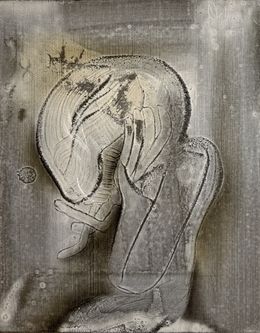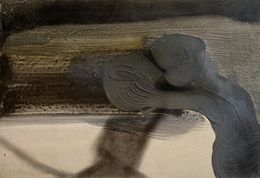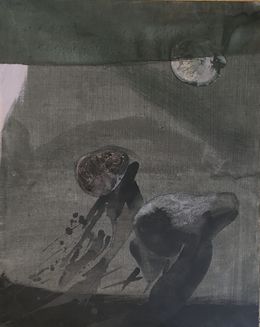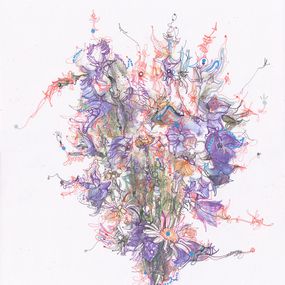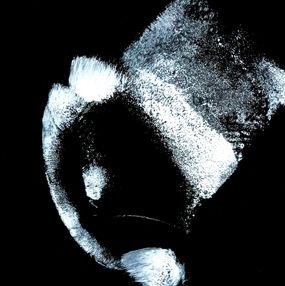
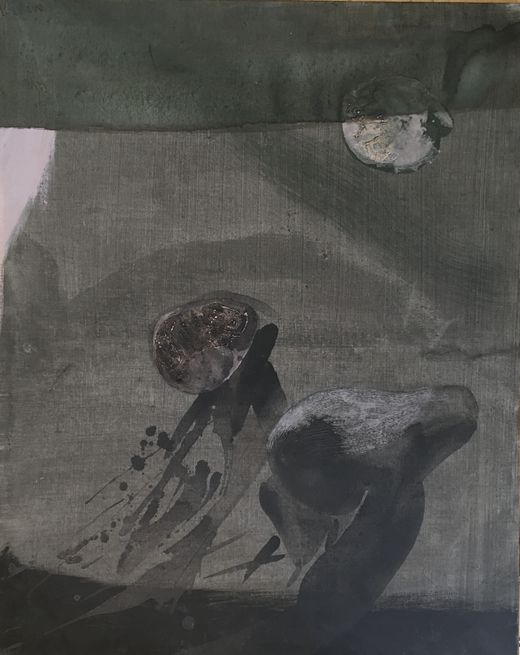
Biography
Gaston Orellana is a Spanish artist born in Valparaíso, Chile, in 1933. Son of an Andalusian mother and father from a family of the ancient aristocracy of Extremadura, Trujillo.
Being internationally recognized, the most important among his works to date; “El Tren en llamas” (New York, 1960) is in the Hirshhorn Museum and Sculpture Garden, Washington, DC. Orellana participated in the Spanish pavilion of the XXXV Venice Biennale in 1970. Currently an important triptych, of great value, is now part of the collection of contemporary art of the Vatican.
Between 1959 until the mid-1960s, when Orellana reached maturity as a painter, then identified the first generation of her art. In Madrid, he promotes the development, with the painters forming the “Hondo” group, of the “new figuration”. He then paints in the confluence of informal abstraction on the one hand, and in the manner of an existential figuration, which others call mystical on the other. For the artist, it is a period of amalgamation, which produces rebellious and even almost extravagant images. In New York, in the pictorial tribalism of this city where the painter achieved success, first of all within the framework of the already entrenched vangards, already become classics, found under the management of Martha Jackson, thanks to the harmonious beauty of his paintings, to their European canon.
In the mid-1970s Orellana broke with old balances and rose to the level of making collages of different styles that were being developed in the United States; in the 1980s, between Italy and New York, far from being exhausted, it is booming. With the series of paintings entitled "Bronx", Orellana penetrates to the heart of his work: he builds this one according to a conceptual foundation. Emerging concepts, which would already take full life in the 1990s, begin to come into play: it is the fruits of the long archaeological journey in the Andes which brought him to Peru, Bolivia and Argentina in 1958; as well as a "musicality absent from all lines", as the Italian critic Tommaso Trini had written, and finally the graffiti on the oil painting; eternal lesson brought by archaeological ceramics, more present in the reflection of concrete and modern gesturality which accounts for this exceptional "impetus" (using the same words of James Johnson Sweeney) which characterizes his work.
During the last exhibitions (Milan, Taipei, Caceres) we discover in him an artist in full creative maturity following a line now far removed from his neo-figurative origins. Archivo Gastón Orellana, founded in 2018, is the organization responsible for the preservation, protection, authentication, catalog and dissemination of the artistic and intellectual work of Gaston Orellana.





